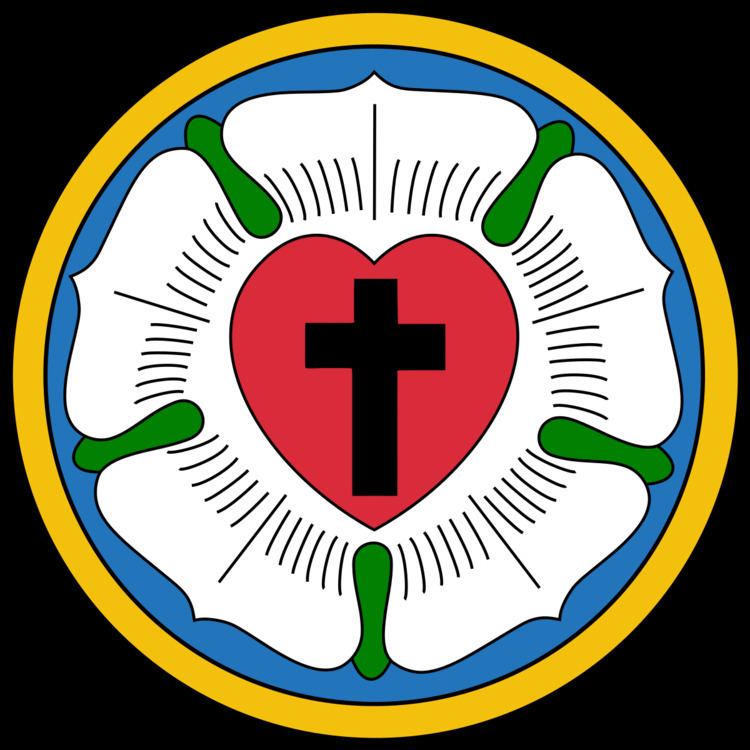Spouse(s) Emilie Heumann | Name Christian Keyser | |
 | ||
Education Missionary Seminary of Neuendettelsau, Franconia Children Jutta, b. 9 June 1907, Sattelberg Papua New GuineaHertha, b. 27 October 1908Imma Eleonora, b. 7 July 1911, Finschhafen, d. 29 September 2004, Neuendettelsau, Germany Church Lutheran Neuendettelsau Mission Society, South Australian Synod Writings Worterbuch der Kate-Sprache; Eine PapuagemeindeDas bin bloss ich. Lebenserinnerungen. (It is merely me: Memoirs.) (1929)A People Reborn.(See partial list Congregations served Director, Sattelberg Mission Station, Finschhafen District, New Guinea 1900-1920 Died December 14, 1961, Neuendettelsau, Germany Books A People Reborn, Sanggang, Cannibal Chief to Christian, Bai, the Sorcerer | ||
Christian Gottlob Keyser (also spelled Keysser, Kaiser) was a Lutheran missionary of the Neuendettelsau Mission Society. He served for almost 22 years at the Neuendettelsau Mission Station in the Finschhafen District of New Guinea, which had been founded in 1892 by Johann Flierl. He controversially proposed the evangelization of tribes, rather than individuals, the concept known as Volkskirche (Congregation Church). An avid linguist, he compiled one of the first dictionaries of a Guinean dialects: Dictionary of the Kate Language, a Papuan community (Worterbuch der Kate-Sprache; Eine Papuagemeinde). He also maintained a regular correspondence with the German Geographical Society in Berlin, reporting on his naturalist findings in New Guinea. He published his memoirs (1929), as well as over 300 essays and pamphlets and ten books. An intrepid explorer, he ascended the Saruwaged Range massif in 1913.
Contents
Career
In 1899, the Neuendettelsau Missionary Society sent Christian Keyser to the Sattelberg Mission Station in New Guinea. There, he worked under the tutelage of the station's founder, Johann Flierl, for several years; he also married the governess of Flierl's four children, Emilie Heumann (b. 14 February 1873 in Strasbourg), in 1903. Keyser proved a gifted and diligent linguist, and he also developed a critical understanding of the Kate people that Flierl did not have: in this corporatist society, it would not be possible to bring people to Christ one at a time, through individual acceptance of God. Instead, he sought tribal conversions.
The sort of mass conversions Keyser had in mind were not what Flierl envisoned for the mission, but he recognized that Keyser's new energy was indeed what Sattelberg needed at the time. Keyser drew on community norms of the Kate to develop an idea of the Volkskirche, a church of people. In 1903, he performed the first group baptism; although it was only ten people, it was a start, and laid the groundwork for the mass conversions of 1905 and 1906 (the latter being helped somewhat by a rough earthquake in September 1906).
Keyser returned to Germany in 1921, leaving Adelaide in 1920 on the ship Nestor with his wife and three daughters, and arriving in Germany via London in the spring of 1921. From 1922–1939, he taught missions and was missionary inspector at the Neuendettelsau Missionary College. He taught missions at the Neuendettelsau Seminary, and the University of Erlangen granted him a PhD in 1929 and he taught theology there until 1939. More than 30 of his students went to Papua New Guinea, and more went to other mission sites.
Writings and discoveries
Keyser wrote 10 long works and over 300 small books and essays. His dictionary of the Kate language includes more than 10,000 words and phrases. During his years at the Sattelberg, he undertook frequent scientific journeys, and was a regular correspondent of the German Geographical Society of Berlin. He discovered hundreds of plants, insects and animals—discovered to Europeans, that is, and several are reported named for him. He was among the first Europeans to ascend the Saruwaged Range, which he did in 1913.
